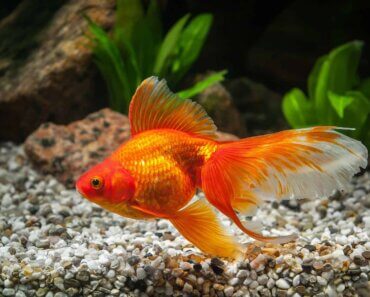There are a number of products on the market that claim to improve your dog’s dental health – but a lot of them aren’t all they’re cracked up to be. Here’s what you need to know about these dental care-less ingredients.
The critical importance of dental health on overall well-being for our dogs and cats is only recently being realized. Dental disease can steal a third of your pet’s lifespan! More and more, pet parents are encouraged by veterinarians to adopt a form of dental hygiene as a daily routine. Very successful product pioneers in dental care chews have led to an onslaught of pet dental care products on the market in the last 8–10 years. We can choose to brush, wipe, or spray our pet’s teeth or give them something to chew or drink…but there are so many choices. How do you know which one to select?
The unfortunate reality is that there is very little scientific research when it comes to ingredient selection in most dental care products for pets. Moreover, there are insufficient resources that inform on the most current information on dental products.
As a microbiologist and rheumatology research scientist (and owner of a rescue dog who had severe dental disease), I will summarize what I have learned are the “worst offenders” in dental products:
1. Toxic Chemicals
Using antibacterial ingredients in dental products is potentially dangerous. Antiseptics (such as cetylpyridinium chloride, chlorhexidine, triclosan, chlorine dioxide, etc.) kill microbes and can damage your pets’ cells/DNA/mitochondria.
Triclosan, found in some pet dental products, was removed from human dental products by the FDA due to safety concerns. According to the FDA, chlorhexidine (found in some other products) use should be very limited to only two weeks of use due to neurotoxicity and is not to be ingested (i.e., dental chews). Importantly, decades of research show that a diverse, healthy microbial flora is required for good oral and gut health.
So, why are antiseptics still used? Because they are effective at reducing plaque and tartar (just ask the dental certifying agencies!). I am more concerned with the long-term health of my dog and cats, so I look for products and foods that promote a balanced and diverse oral microbiome, keep my pets’ gums healthy and maintain healthy tooth plaque.
2. Artificial flavors and preservatives
The use of flavors to cover up bad breath from dental problems is a trend, particularly in dental chews. But ethically, this is a trend I struggle with. No one likes to smell bad breath. Full stop. But using products that claim to conceal a dog’s bad breath can delay a much-needed vet visit and importantly, will not help the underlying dental disease problems.
Also, a recent trend in dental water additives is the use of high amounts of preservatives to treat dental plaque. Ingredients such as sodium benzoate or potassium benzoate are the most common ones. These are bacteriostatics, which means these chemicals stop all bacteria from growing and most importantly, the beneficial bacteria from growing too. Pets seem to tolerate high amounts of benzoates but we do not know the long-term side effects.
3. Carbohydrates (sugars)
The use of grains (corn, wheat, brewer’s rice) or alternative carbohydrates (chickpea, sweet potato, potato starch, etc.) as the major hardening/chew agent in dental chews is antithetical to dental health. Dentists and dental hygienists have known for decades that eating processed carbohydrates often leads to cavities and gum disease in children and adults. The same is true for dogs and cats. The reason? Oral bacteria love carbohydrates —especially the ones that cause dental disease. Indeed, much of the dental treat manufacturing processes cause a breakdown of carbohydrates, creating a feast for the dental disease-causing bacteria in your dog or cat.
It is imperative to avoid these ingredients when searching for an effective way to maintain your pet’s dental health. Instead, opt for products whose major ingredients are protein – to steer the metabolic activity of the microbes towards an alkaline-producing profile. The alkaline-producing profile will counterbalance the inflammatory acids produced by dental pathogens. Also, choose products that are dehydrated, to reduce the preservatives content. Products like meat jerky and bully sticks are chewy and hardened and can help to remove plaque or tartar when your pet chews. Moreover, these products stimulate blood flow in the gum tissues as well as saliva production, both of which will help with microbial acid removal. Additionally, products like TEEF for Life and newly emerging products that contain pure amino acids (the building blocks of protein) are specifically formulated to drive the microbiome towards health-promoting outcomes. More research on the molecular, microbiologic and immunologic drivers of dental diseases in dogs and cats will further this new phase of dental product development – one where “dental” products are actually dental products.





























